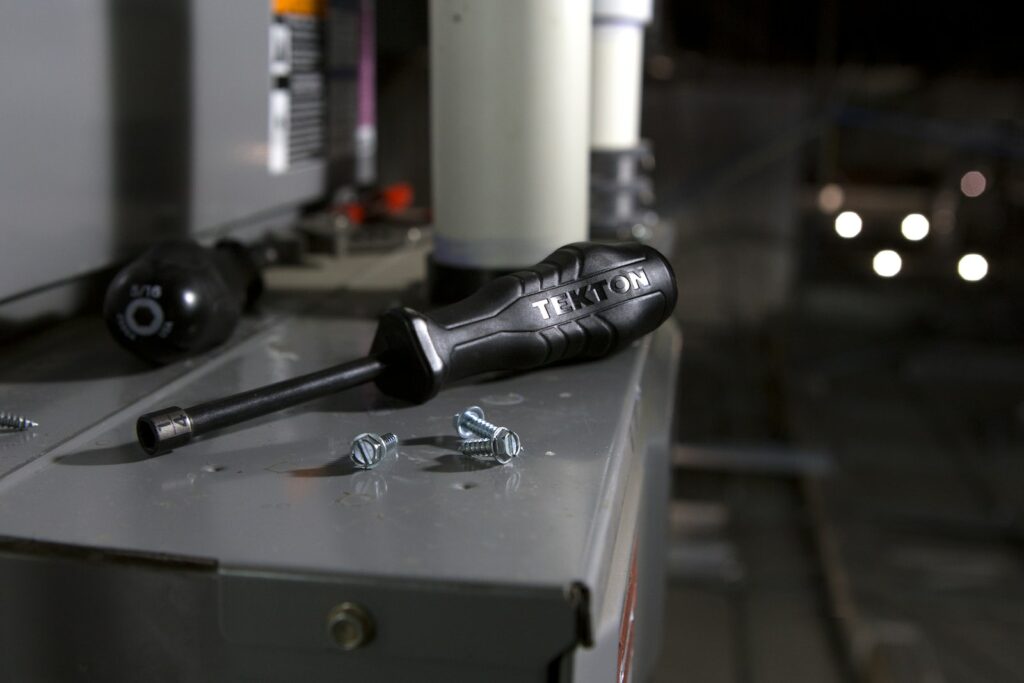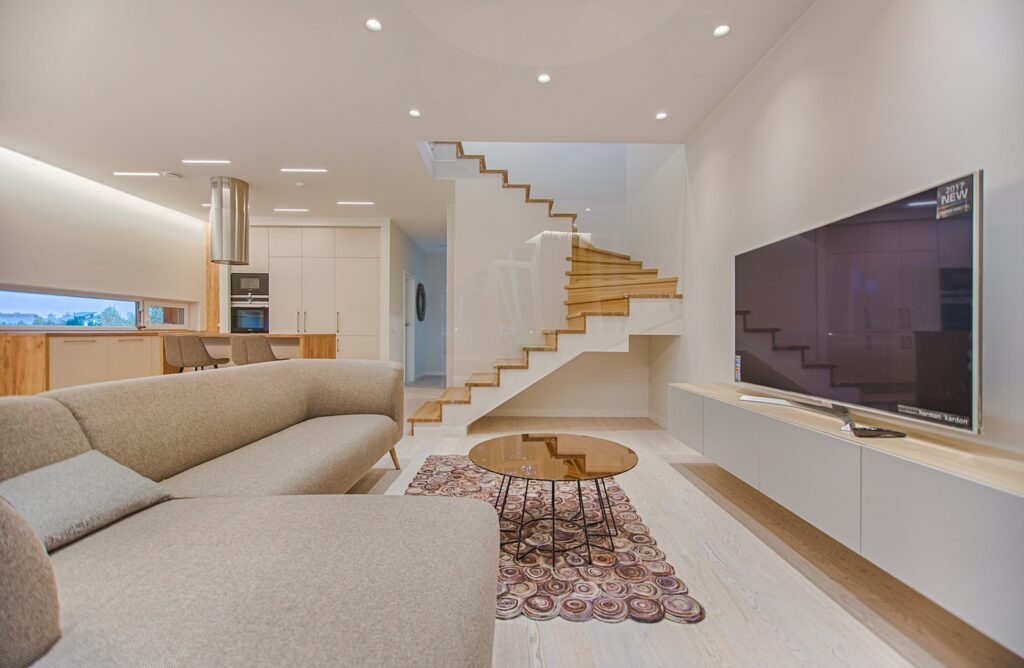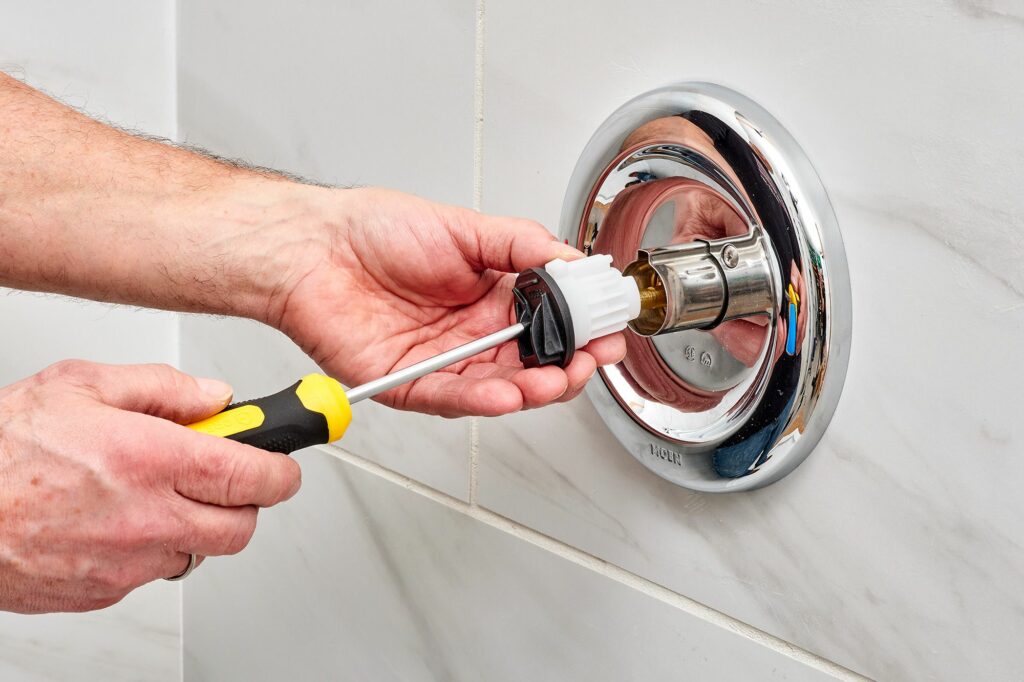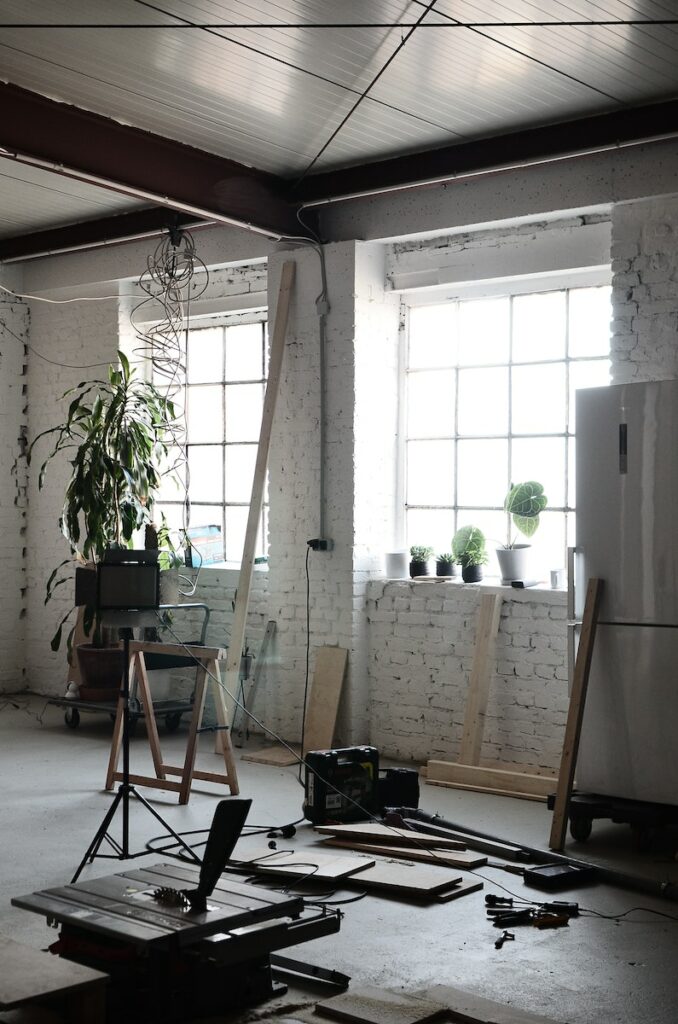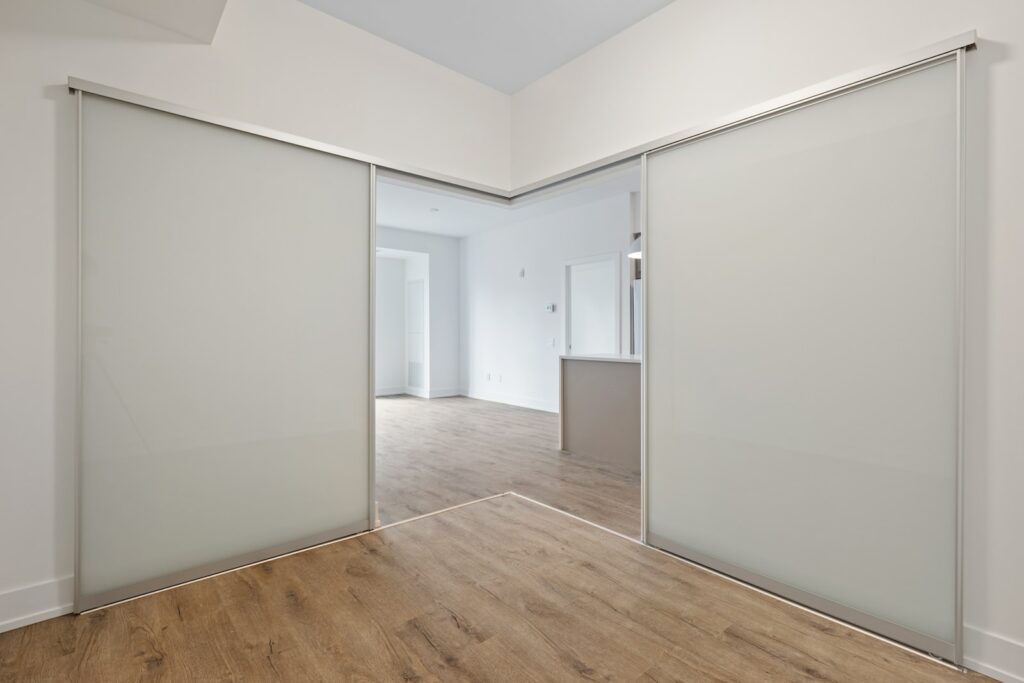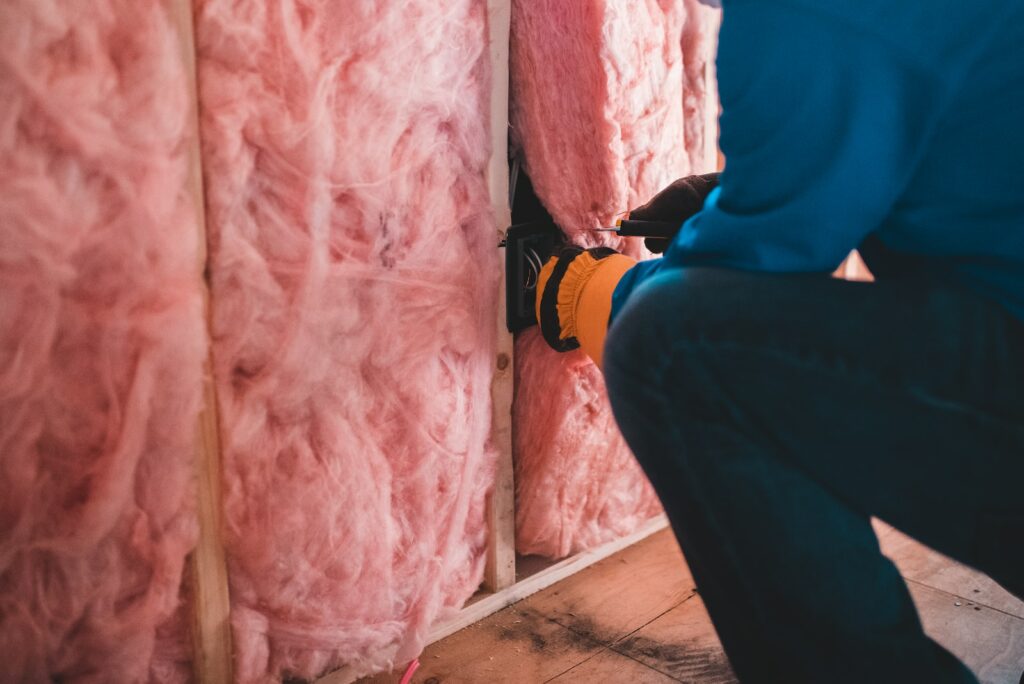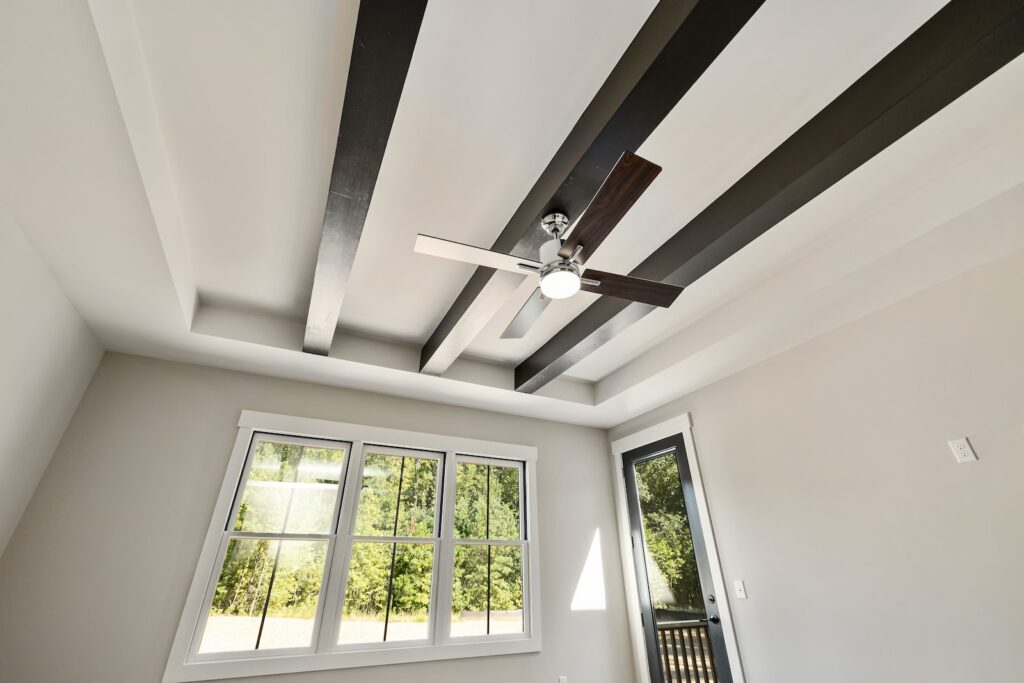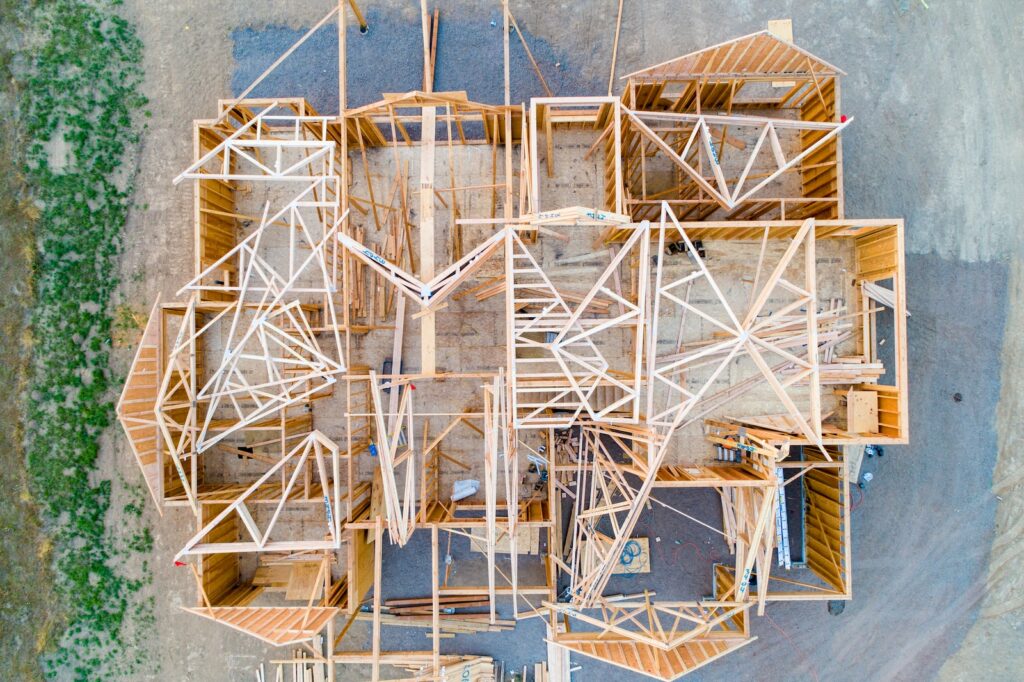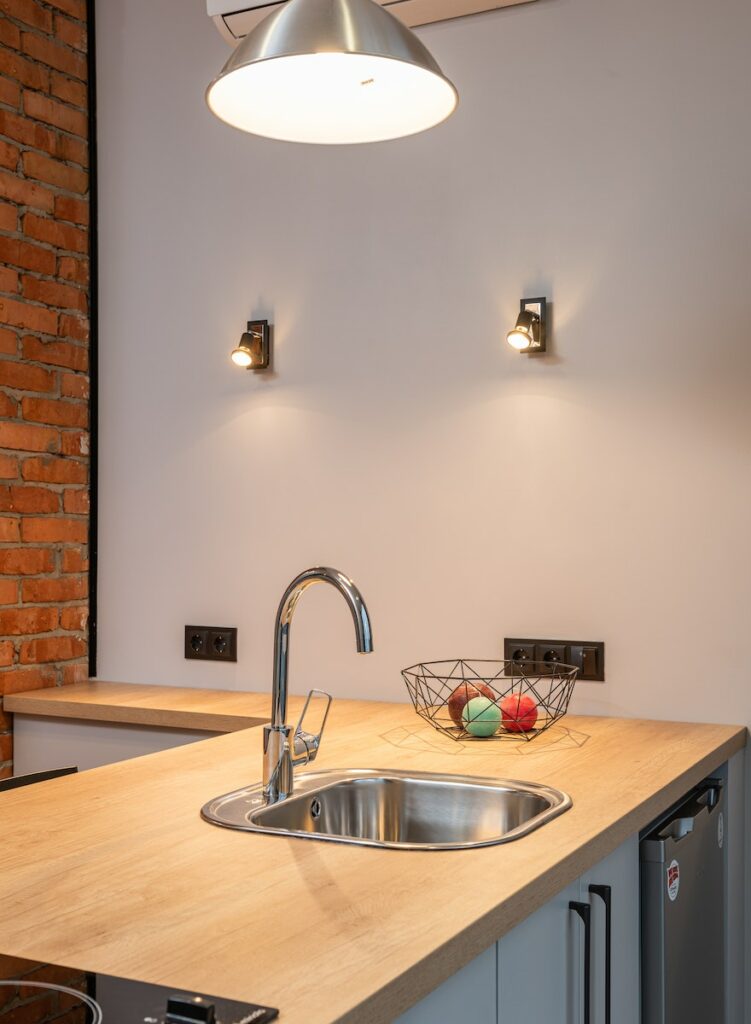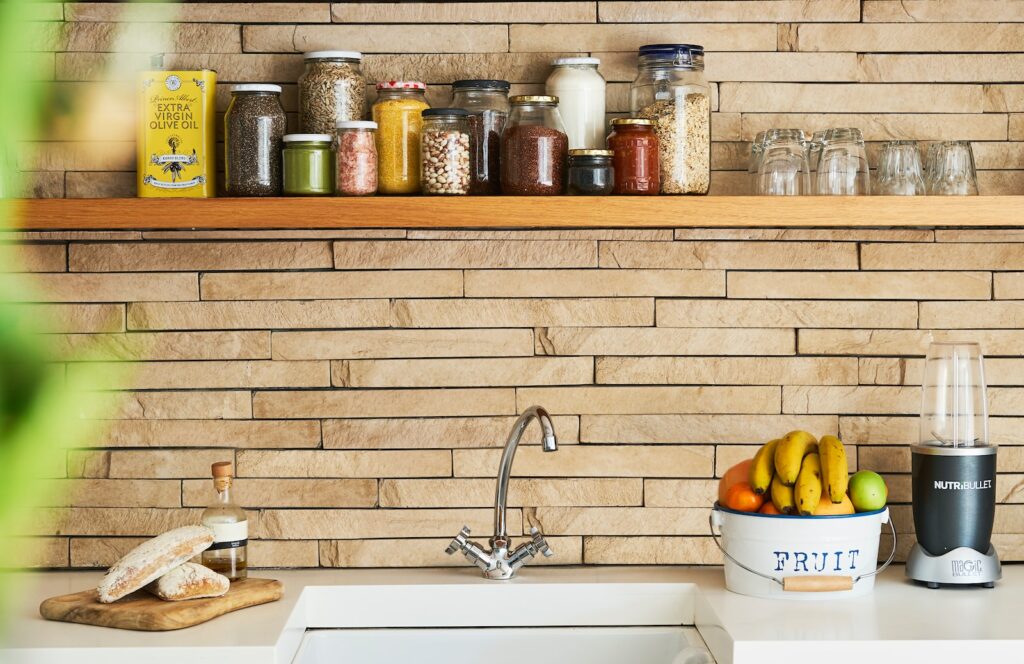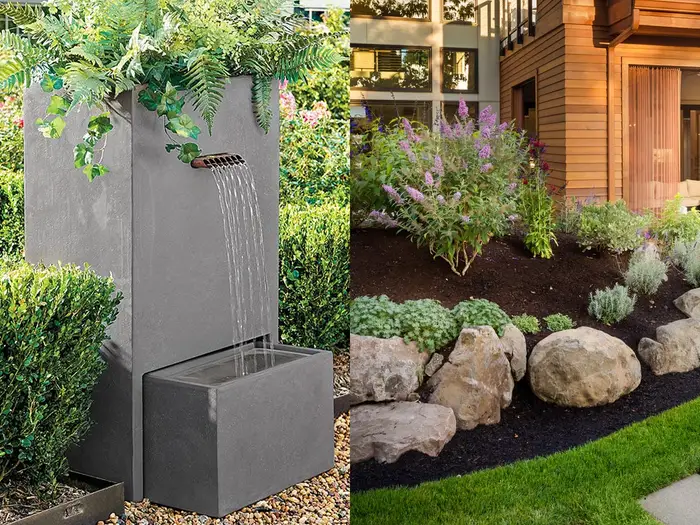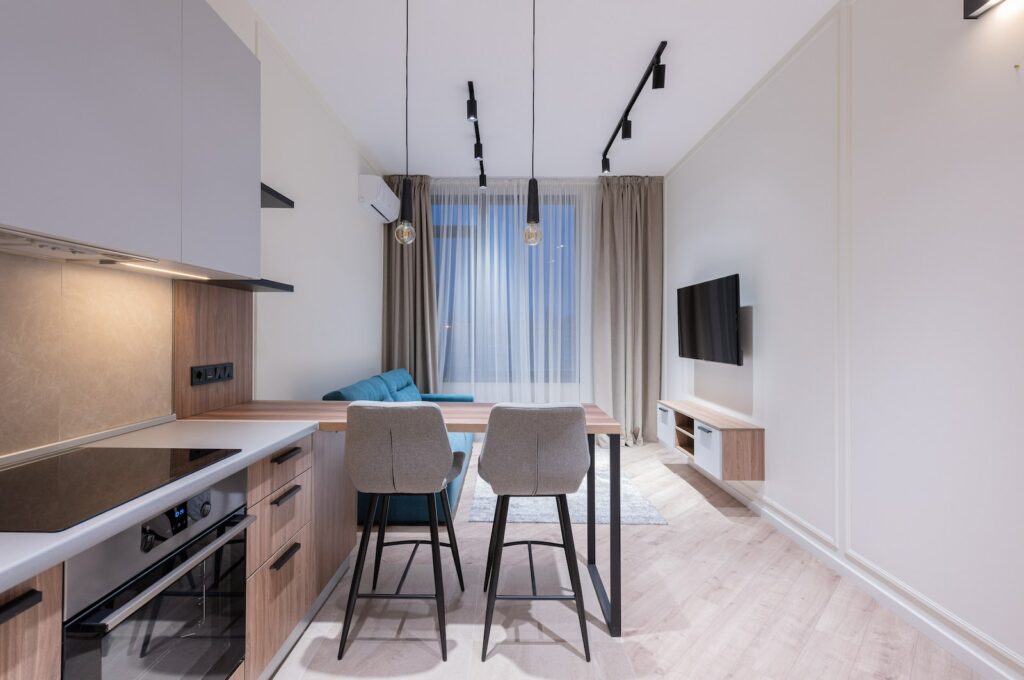The Basics of Home HVAC: What You Need to Know
It can be hard to know where to start if you’re new to the world of home HVAC. With its complex network of heating, ventilation, and air conditioning systems (HVAC) and numerous moving parts, it can be difficult to understand what you need to know. Here is a comprehensive guide on the basics of home HVAC, so you can feel confident in maintaining and servicing your system.
What is HVAC?
HVAC stands for Heating, Ventilation, and Air Conditioning, and is a system of components that work together to create a comfortable indoor climate. An HVAC system works by controlling the air temperature, humidity, air circulation, air quality, and air pressure inside the home. The three primary components of an HVAC system are the furnace, air conditioner, and ventilation system. The furnace is responsible for heating and circulating warm air throughout your home, while the air conditioner cools and dehumidifies the air. The ventilation system moves air from the outdoors and provides it to the interior of the home.
How Does HVAC Work?
An HVAC system works by sucking in outside air, heating or cooling it, and then distributing it throughout your home. The furnace uses fuel, such as gas or oil, to heat the air, while the air conditioner uses electricity to cool the air. The two systems work together to keep your home at a comfortable temperature and maintain the appropriate air pressure. The ventilation system is responsible for bringing in fresh air from the outdoors and circulating it throughout the house, while also removing stale air and pollutants.
What HVAC Parts Do I Need?
The components of an HVAC system include the furnace, air conditioner, and ventilation system. In addition, an HVAC system will usually include a thermostat, filters, blower motor, and duct work to help circulate the air. It’s important to know which parts are necessary for your home’s HVAC system in order to maintain it properly.
What are the Benefits of HVAC?
Having an HVAC system in your home provides many benefits, such as improved air quality, a more comfortable indoor climate, and lowered energy costs. An HVAC system helps to purify the air by removing dirt, dust, and other particles. It also helps to keep the temperature and humidity at an appropriate level, so you can stay comfortable throughout the year. Additionally, an efficient HVAC system can help you save money on your energy bills by reducing the amount of energy needed to heat and cool your home.
What Do I Need to Know About Maintaining My HVAC System?
Maintaining your HVAC system is important in order to ensure it works properly and efficiently. The most important maintenance task is to replace the HVAC filters regularly. This will help to keep the air in your home clean and reduce the strain on your HVAC system. Other tasks that should be done regularly include inspecting the ductwork and checking the temperature levels in your home. You should also have a professional inspect your system at least once a year to catch any small problems before they become bigger ones.
How Much Does it Cost to Install an HVAC System?
The cost of installing an HVAC system can vary depending on the size and complexity of the system. Generally speaking, a basic system can cost anywhere from $5,000 to $15,000, while more complex systems can cost upwards of $20,000. It’s important to remember that the initial cost of installation may be more expensive, but it can help you save money on energy costs over time.
Precautions & Safety Tips for Working With HVAC Systems
It’s important to give your HVAC system the attention it needs, but it’s equally important to take the necessary safety precautions. It’s always a good idea to turn off the power to your system before performing any maintenance tasks. Additionally, when you’re cleaning filters, ventilators, and other parts of the system, be sure to wear the appropriate protective gear. This can include goggles, gloves, and a dust mask. Finally, if you’re ever unsure about a particular task, be sure to consult a professional.
Conclusion
Hopefully this guide has given you a better understanding of the basics of home HVAC. Knowing the different parts of an HVAC system, how they work, and how to maintain them is key to keeping your system in top condition and running efficiently. By following the tips outlined in this guide, you can ensure that your HVAC system is running properly and your home is comfortable all year long.

